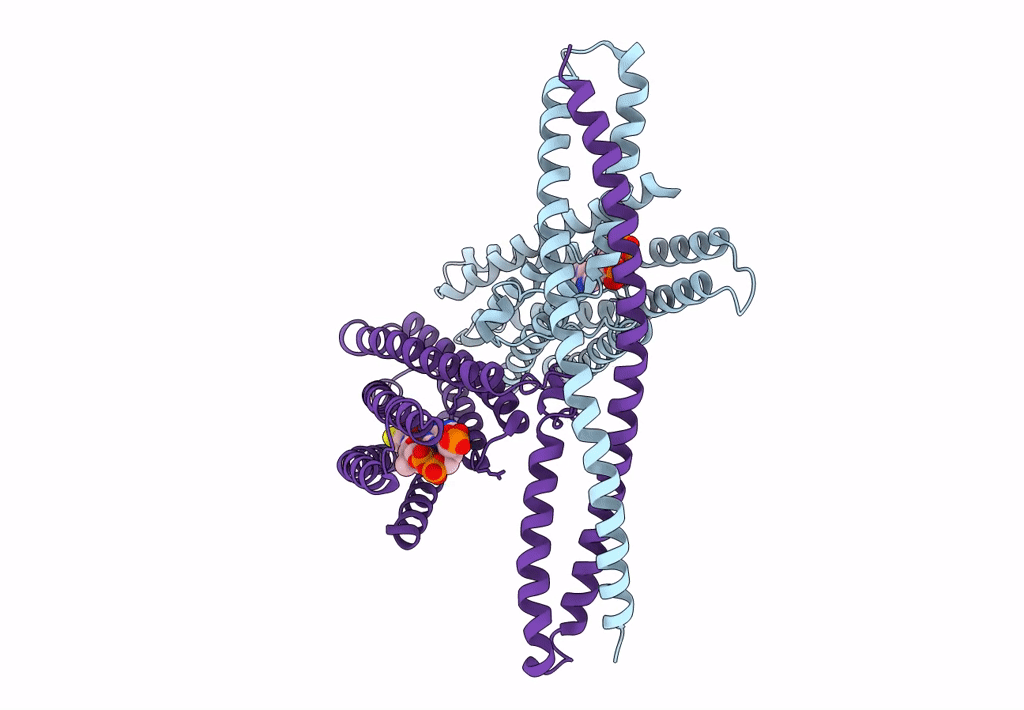
Deposition Date
2021-06-17
Release Date
2021-06-30
Last Version Date
2024-06-12
Entry Detail
PDB ID:
7F3T
Keywords:
Title:
Cryo-EM structure of human TMEM120A in the CoASH-bound state
Biological Source:
Source Organism:
Homo sapiens (Taxon ID: 9606)
Host Organism:
Method Details:
Experimental Method:
Resolution:
3.69 Å
Aggregation State:
PARTICLE
Reconstruction Method:
SINGLE PARTICLE


